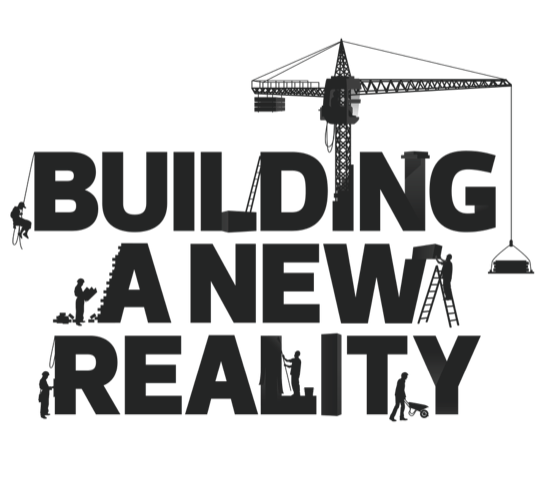At the Community Service Foundation (CSF), one of the two youth-serving organizations my wife, Susan Wachtel, and I founded in Pennsylvania, our staff proposed a family group decision making meeting for a teenage girl who was approaching her 18th birthday.

At that time, she would leave our residential program and alternative school and no longer be supervised by the county’s children and youth agency. She had been under the supervision of the county for more than a decade, after one of her parents went to prison and the other died. We wanted to reconnect her with family members so she would have a natural support network.
The county social worker questioned the merits of the conference, because she was of the opinion that there were no interested family members in the region.
After developing a written family tree with the girl, CSF staff helped her reach out to relatives who lived locally and beyond, inviting them to reconnect with her at a special meeting. The social worker was pleasantly surprised when a dozen family members turned up at the FGDM to support their long-lost cousin or niece, whom they last saw as a small child.
The teenager found herself surrounded by love, with a renewed family network and a written plan defining—in specific terms—how her relatives would support her to became an independent young adult.
This story demonstrates the rich possibilities when the system engages the family members and their community care in decision-making.
Notably, the “doing things with people” spirit at CSF and Buxmont is woven in to the fabric of organizational life. When beginning a CSF Buxmont program, young people and their families are asked to set the primary goals for the young person’s treatment plan. They are given user-friendly written materials designed to make it easy to review the possibilities, discuss them and choose priorities.
In the past, staff members would write the treatment plans and ask parents to sign the document in agreement. Instead, now families provide meaningful input. Parents often comment that no one has ever before asked their opinion about their child and what would be best. Decisions were usually dictated by the system’s professionals.
CSF’s and Buxmont’s treatment planning mirrors the values of the New Zealand FGC, giving families more voice and choice, if they take responsibility for reviewing the possibilities and making thoughtful choices.
Family groups are remarkably conscientious when they trust that their opinions matter and that they can play a meaningful role in deciding on care for their loved ones. As for the CSF Buxmont programs themselves, they are designed to encourage young people to support each other in resolving their own problems.

To understand how challenging young people are successfully engaged, the following two online articles may be helpful. Two Pennsylvania journalists reported on their separate visitations, one at a CSF Buxmont school day program, and the other at a CSF foster group home.
- “A Day at a CSF Buxmont School” by Laura Mirsky
- “Home Work: Life in the CSF Residential Program” by Mary Shafer
“The Worst School I Ever Went To,” the second chapter in my Dreaming of a New Reality book, tells the story of Tim Cassidy’s year at the so-called “worst school,” and how it transformed his life for the better.
The chapter describes the CSF Buxmont school program and reports on its dramatic research outcomes, including more than fifty percent reductions in criminal offending among the nearly 4,000 young people who participated in CSF Buxmont programs from 1999-2006.
Years later, Tim Cassidy and others recorded video testimonials about how CSF Buxmont helped them turn their lives from a negative path.

